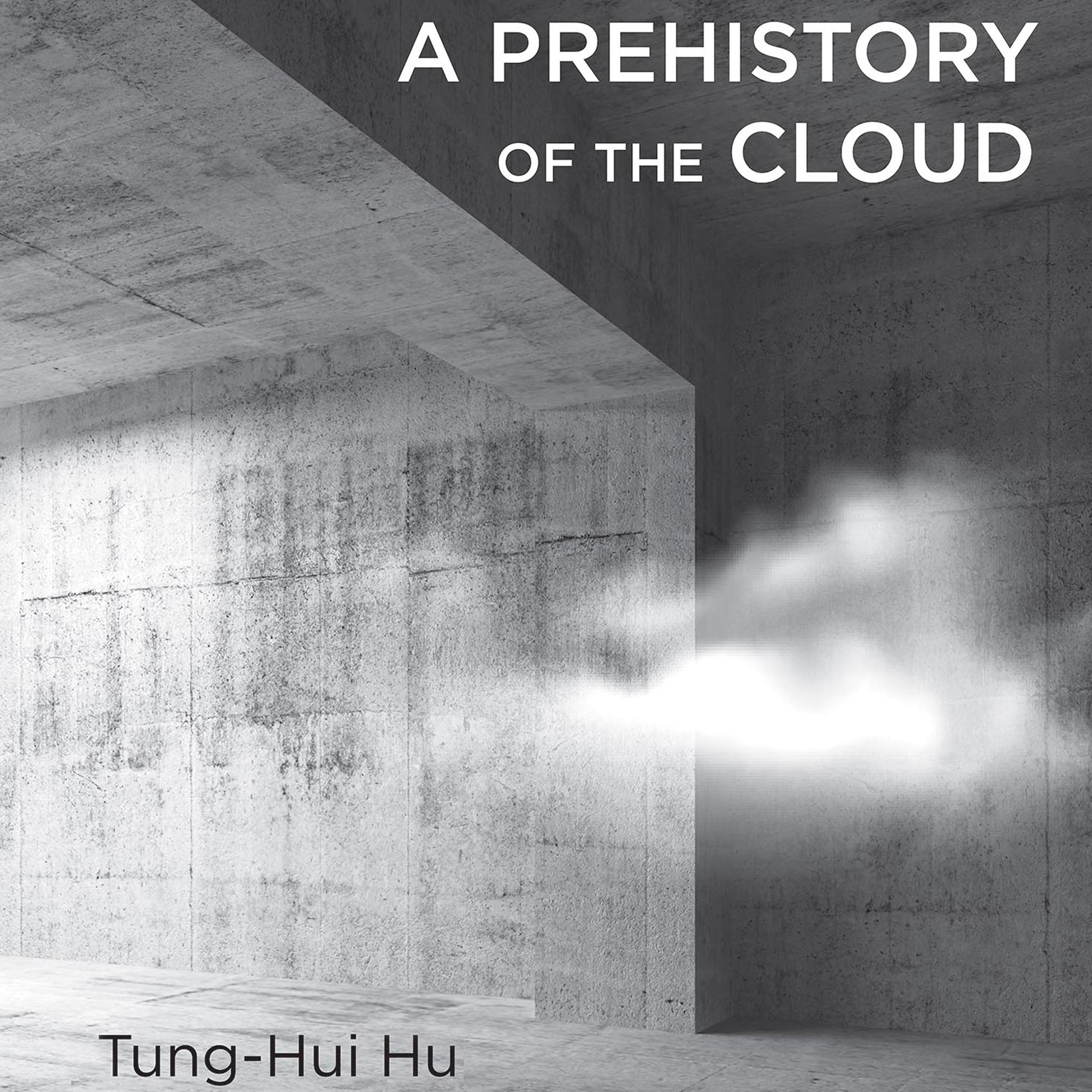What do you think?
Rate this book


Audible Audio
First published August 1, 2015
An icon of a cloud, the reader will recall, originally stood for any unrepresentable network on network maps, such as the Internet; in today’s computer and mobile operating systems, this cloud icon now represents a reserve of seemingly unlimited computer power, or storage space; it has become, simply, a representation of the unknown.If one lets the cloud worry about it, one needs not be concerned by the “200 terawatt hours [of electricity] per year—roughly the same amount as South Africa—much of which is generated by fossil fuels,” that data centers currently consume. Out of sight, out of mind. And the cloud is always out of sight, after all; it is just a metaphor.